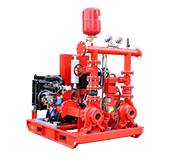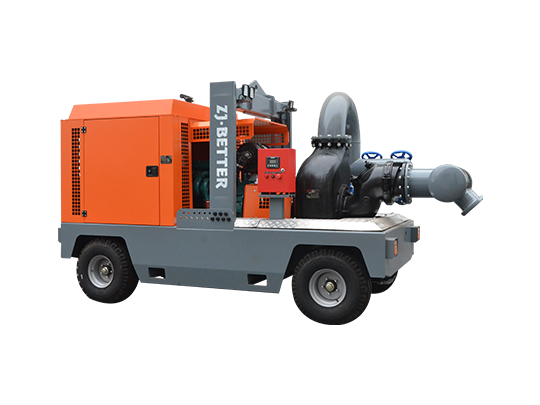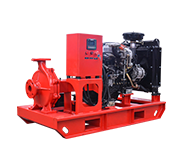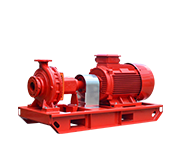
The gear oil pump is mainly composed of gears, shafts, pump bodies, pump covers, bearing sleeves, shaft end seals and other components. The gears and shafts are subjected to strict heat treatment, have high hardness and wear resistance, and are installed in the bushing together with the shaft. All moving parts in the pump are lubricated with the medium they transport. Hard tooth surface residual oil pump. The four bearing sleeves in the pump are floatingly installed in the pump body, and the end face interval is automatically adjusted according to the working pressure. Therefore, the pressure of the pump is stable, the output flow pulse is small, and the volumetric efficiency is high. The gear oil pump is an important part of the high-pressure oil that can lift the low-pressure oil in the fuel tank through the mutual rolling engagement of a pair of involute gears with the same parameters and structure. It is a power unit that converts the mechanical energy of the engine into hydraulic energy. The gear oil pump has a large flow rate and good reliability. Wear and tear are prone to occur during use, and care should be taken. Wear of internal parts of the pump can cause internal leakage. Among them, the leakage area between the floating bushing and the gear end face is large, which is the main part of the internal leakage. This part of the leakage accounted for about 50% to 70% of the total internal leakage. The gear pump with worn inner leakage has a reduced volumetric efficiency, and the output power of the oil pump is much lower than the input power. All of its losses are converted into heat, which can cause the pump to overheat. If the joint plane is pressed, the floating bushing will have a small amount of motion during work, resulting in wear and tear, resulting in slow or impossible lifting of the implement. Such a floating bushing must be replaced or repaired.






